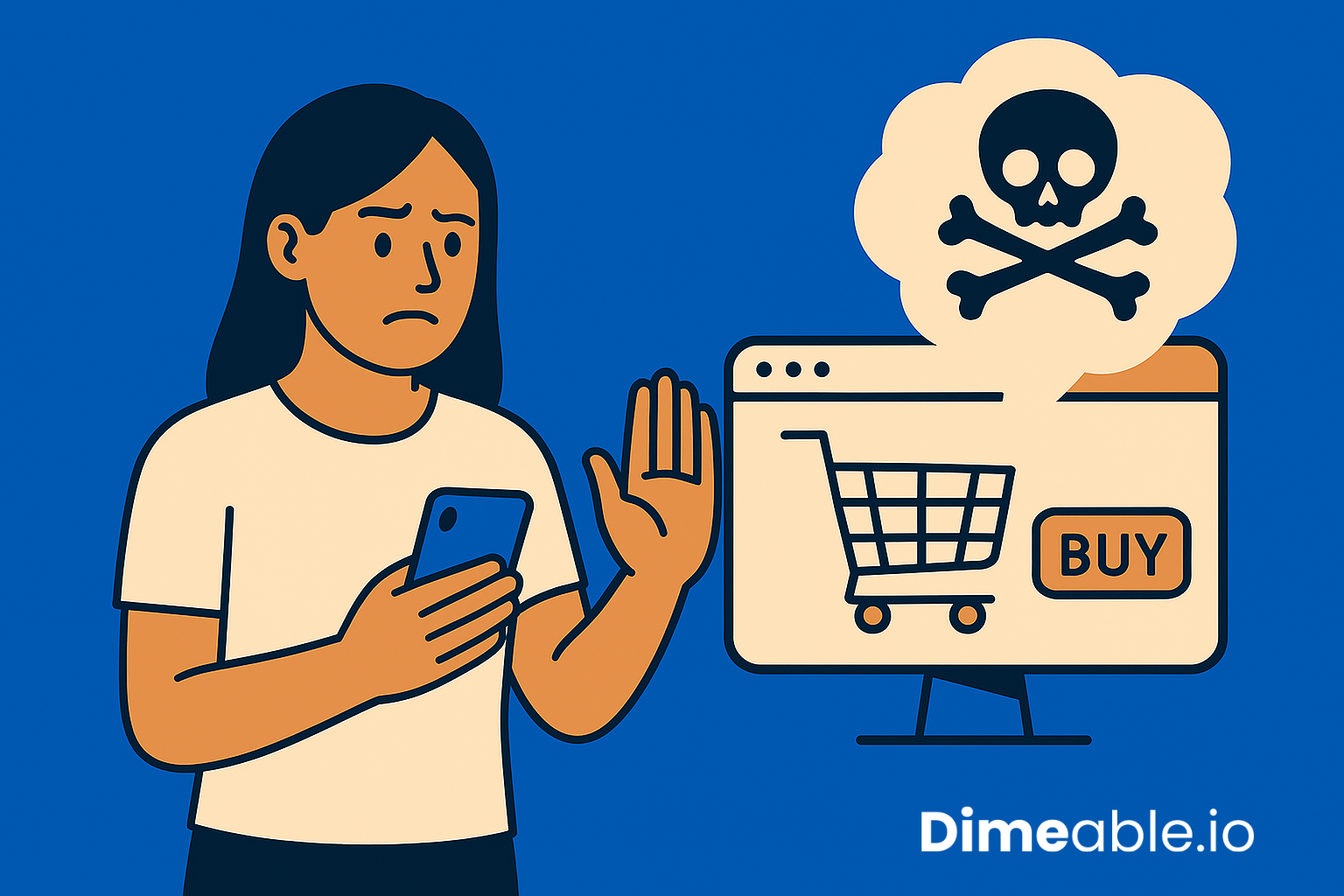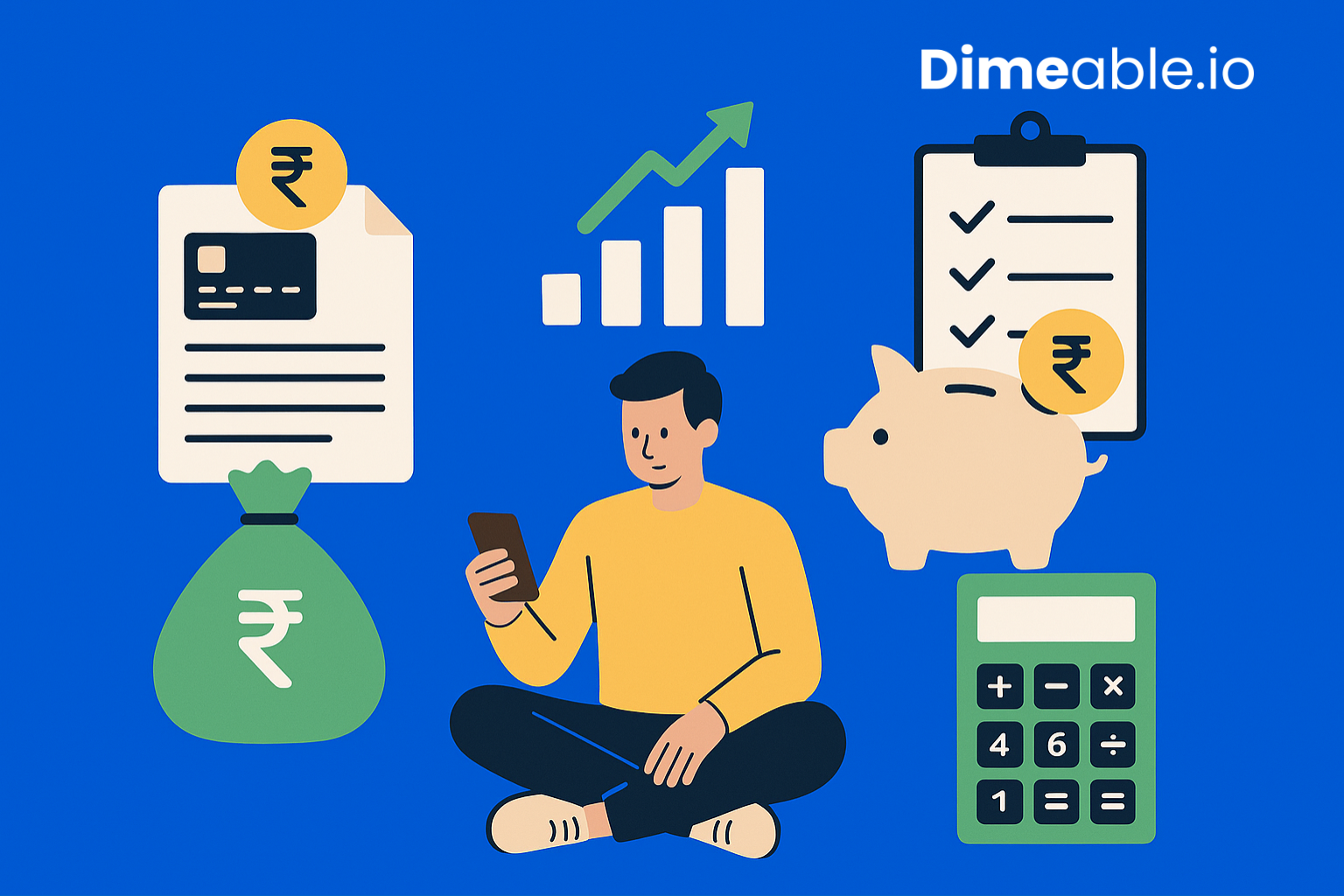In the fast-paced world of e-commerce, getting what you want with the tap of a button is convenient. But behind the smooth user interface and quick delivery options, there are some sneaky tactics used by retailers to make you spend more than you originally intended. These tactics, often called “dark patterns,” manipulate user behavior to benefit the company at the customer’s expense.
In this article, we’ll explore 9 common dark patterns used by online retailers and apps, and how they influence your shopping experience. From confusing discount terms to subtle guilt-tripping tactics, these techniques can cost you more than you realize. Let’s dive in!
1. The “Up to” Discount Trick
Imagine this: You’re offered a discount of “50% off up to 100 rupees” on your order. Sounds like a great deal, right? But what they don’t tell you is that the “up to” part means you can only get a maximum discount of 100 rupees, no matter how much more you spend. So, if your cart value is 1,000 rupees, you’re still stuck with only 100 rupees off, not 50%. This tricky wording often leads shoppers to believe they’re getting a bigger discount than they actually are. This dark pattern gets a 2/10 on the trickery scale, as most people are wise to it.
2. Drip Pricing: The Hidden Fees
Have you ever added an item to your cart, only to find that the final total is much higher than expected due to hidden fees? This is called drip pricing, and it’s a common tactic used by delivery apps and online marketplaces. They often break down costs in a way that hides additional charges like handling fees, platform fees, or even small cart fees. By the time you’re ready to check out, you’ve already committed, and many users end up paying more than they initially planned. This pattern earns a 4/10 for trickery because it’s still relatively easy to spot if you’re looking for it.
3. Wallet Top-Up Schemes
Many apps ask you to load money into a virtual wallet with promises of cashback or discounts. However, the catch is that once the money is in your wallet, it’s locked there, and often, it can’t be refunded. Additionally, some companies impose an expiry date on the wallet balance, making it tricky to use. Starbucks, for example, accumulated billions of rupees in unused wallet funds. This dark pattern earns a 5/10 rating because while it’s fairly transparent, it still feels like a sneaky way to get you to part with your money upfront.
4. The Subscription Trap
Subscription services are becoming increasingly popular, but many apps make it harder for you to cancel than to sign up. Once you’ve subscribed to a service, apps use confirm shaming to guilt you into staying. You might see messages like, “Are you sure you want to cancel? You’ve saved so much already!” or “Think of all the benefits you’ll lose.” This tactic preys on your emotions, making it harder to make an objective decision. This earns a 7/10 for trickery because it can be difficult to cancel without feeling guilty.
5. Confusing Product Quantities
Ever noticed how product sizes on apps are often presented in non-standard measurements? For example, a pack of tomatoes might be listed as 450 grams instead of the more familiar 500 grams or 1 kilogram. This tactic is designed to prevent you from easily comparing prices with local markets or other apps, making it harder for you to evaluate if you’re truly getting a good deal. It’s a subtle way of pushing you to make a purchase without doing the math, earning a 6/10 rating on the trickery scale.
6. Progress Bars to Push You to Spend More
Many online stores use progress bars to encourage users to add more items to their cart. The bar often shows how close you are to unlocking a “reward” or “freebie” by filling up your cart. This creates a sense of urgency and makes you feel compelled to buy more to reach the goal, even if you didn’t initially need those extra items. This pattern is designed to manipulate your behavior, and it scores an 8/10 for trickery due to the anxiety it creates.
7. Time-Limited Offers
You’ve probably seen those countdown timers that give you only a few minutes to complete your purchase before the deal expires. While time-limited offers seem like a great opportunity, they’re designed to induce a sense of urgency and anxiety, pushing you to make a decision before you’ve fully thought it through. This can lead to impulsive purchases that you may regret later. This trick gets an 8/10 for the pressure it creates on shoppers.
8. Forced Add-Ons: Freebies You Didn’t Ask For
This dark pattern is particularly frustrating: You’re trying to buy a few groceries, but when you reach checkout, you notice the app has added items you didn’t choose—like free tomatoes or even a membership fee—without your consent. These are often non-removable, forcing you to pay for something you never intended to buy. This tactic tricks you into paying for unwanted items, earning a 10/10 for trickery. The lack of choice here is a major concern, as it undermines the very concept of a customer’s right to choose.
9. Hidden Memberships and Extra Charges
Some apps add subscriptions or membership fees to your cart without clearly informing you, and the only option you have is to remove them from your basket after the fact. This can often catch you off guard, especially if you didn’t realize you were subscribed to a service. These hidden fees increase the final price of your purchase, and it’s a blatant attempt to get you to pay for something you didn’t intend to buy. This pattern is incredibly sneaky, scoring a perfect 10/10 on the trickery scale.
Conclusion: Stay Vigilant While Shopping Online
While online shopping is undeniably convenient, it’s essential to be aware of the dark patterns designed to make you spend more. These tactics manipulate your behavior, often leading to impulsive purchases, hidden fees, and unwanted subscriptions. Always read the fine print, check your cart thoroughly before checking out, and be cautious about deals that seem too good to be true.
By understanding these dark patterns, you can make smarter decisions and avoid falling into the trap set by companies aiming to maximize their profits at your expense.



